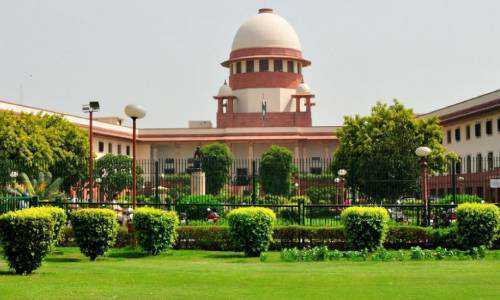
While the IBC legislation is lengthy and frequently updated with regards to insolvency procedures, it was silent for a very long time about the withdrawal of the same. The Insolvency and Bankruptcy (Application to Adjudicating Authority) Rules, 2016, only have one Rule 8 provision, which states that the National Company Law Tribunal will only admit an application for the initiation of corporate insolvency proceedings before it can be withdrawn. Questions like "What happens when parties reach a settlement after admission of application?" "Can such withdrawals be accepted or made?" "Will such settlements stand valid?" and others were raised as a result. Fortunately for the nation, these inquiries had broad responses in this case.
In the instant case titled Lokhandwala Kataria Construction (P) Ltd. (Corporate Debtor) Vs. Nisus Finance & Investment Manager LLP, the issue raised for clarification before the Supreme Court was:
Whether the CIRP be withdrawn by the Tribunal?
With regard to this issue, the Honourable Supreme Court noted that there was no need to continue with the Corporate Insolvency Resolution Proceedings because the parties had previously reached a settlement outside of court. The Honourable Supreme Court exercised the inherent authority granted to it by Article 142, which states that the court may issue orders or adopt decrees that are in the best interests of delivering justice to the people. A settlement between the parties was permitted by the Supreme Court under the authority of Article 142, which also allowed the Tribunal to withdraw its application of proceedings.
The Supreme Court subsequently took the same stance in other cases, including Mothers Pride Dairy India Private Ltd v. Portrait Advertising and Marketing Private ltd and Uttara Foods and Feeds Private Limited v. Mona Pharmachem, and advised competent authorities to make the necessary changes to ensure that such matters can be handled with the proper Authorities, negating the need for the Apex Court's involvement.

